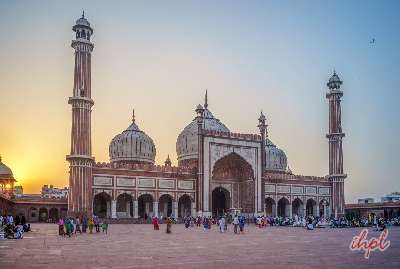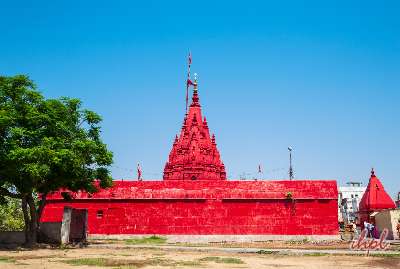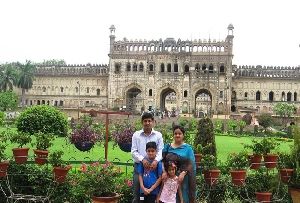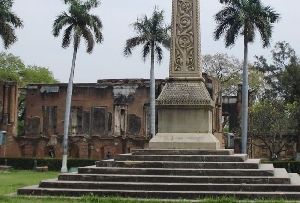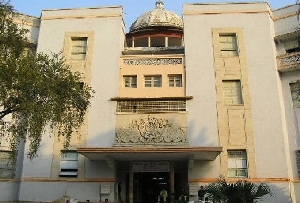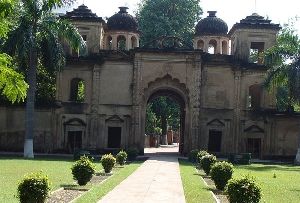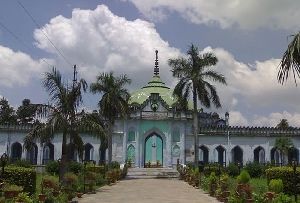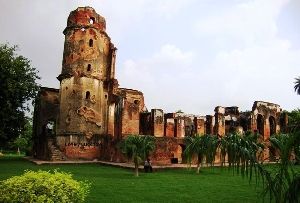Nawab Asaf-ud-Daula was instrumental in shaping Lucknow as we see it now. Lucknow has always exercised an irresistible pull for the culturally inclined ones. Lucknow is one of the major tourist destinations in Uttar Pradesh and there are a number of interesting monuments in Lucknow. Lucknow has long served as the cultural capital of India but its most famous monuments are pretty are not quaint buildings were constructed in the recent past. Indianholiday.com is your indispensable e-travelogue that furnishes all the inputs you need to know on the monuments in Lucknow.
Under the rule of Asaf-ud-Daula, Lucknow evolved as a sophisticated and picturesque city dotted with a number of impressive architectural monuments. The Lucknow monuments are the manifestations of the Nawab’s love of art and architecture. The Great Imambara is one of the prominent monuments in Lucknow. The construction of Bara Imambara can be traced back to 1784 and is ample proof of the Nawab’s architectural zeal. Lucknow, due to its predominant Muslim population, boasts of a number of imambaras but the Bara Imambara has an edge over the other in terms of its popularity.
The British Residency is counted among the important monuments in Lucknow. Constructed during the 1800, the residency is now a poor shadow of what it used to be. It remains a silent witness to the Sepoy Mutiny of 1857. The Shah Najaf Imambara is one of the popular memorials in Lucknow. This is the place where Shah Najaf has been inhumed along with his three wives. This is an imposing structure capped with a huge dome.
The Kaiser Bagh Palace also tops the priority list of the tourists visiting Lucknow. The palace is the contribution of Wajid Ali Shah who was known more for his pleasure pursuits than for his administrative abilities. You should also not skip a visit to the La Martiniere, a funerary monument. Touted to be the largest of such monument in India, it entombs its builder French Major General Claude Martim.
Checkout: Agra Tour Packages, Lucknow Tour Packages, Mathura Tour Packages, Uttar Pradesh Tour Packages, Jhansi Tour Packages, Varanasi Tour Packages, Shravasti Tour Packages, Balrampur Tour Packages



